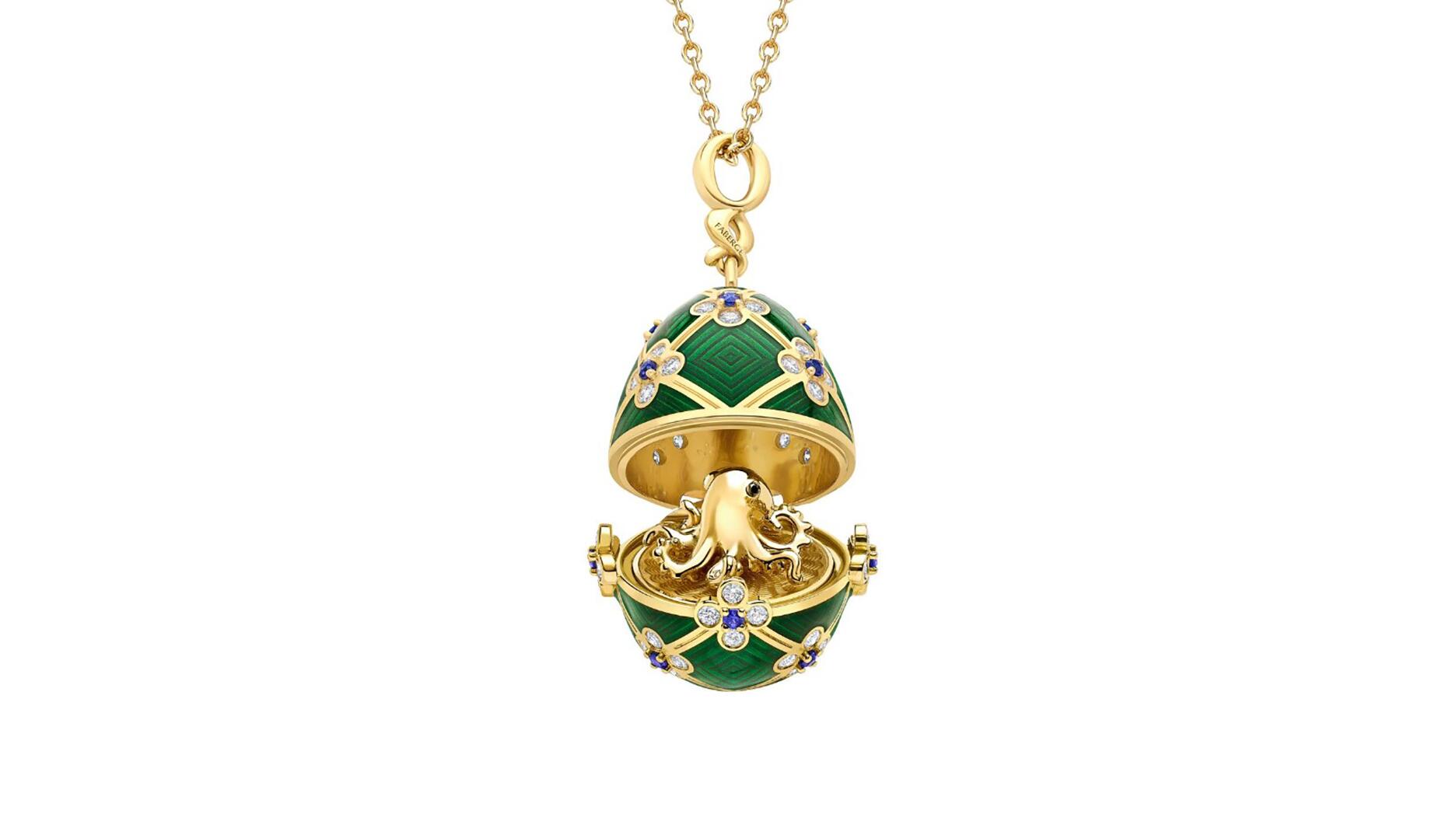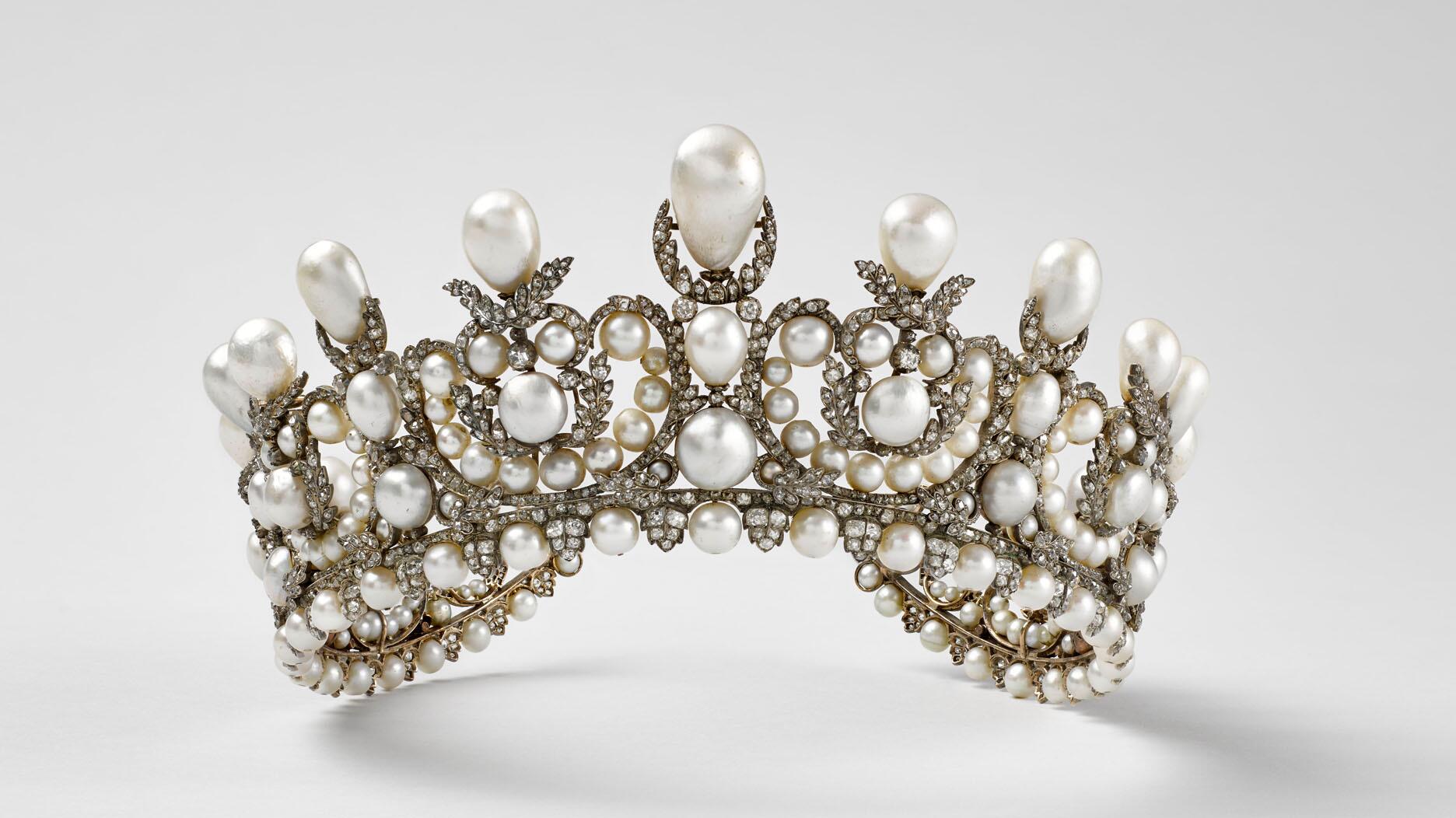Professional Gangs Sent Industry Dollar Losses Soaring in 2019
Overall, though, the number of crimes was essentially flat and for the first time in decades, no industry personnel were murdered while on the job.
According to the annual crime report for 2019 compiled by the Jewelers’ Security Alliance, dollar losses due to crimes against the industry totaled $101 million in 2019, up 89 percent from $53.4 million in 2018.
The last time annual industry losses topped $100 million was 2009, JSA statistics show.
Burglary losses were the biggest contributor to the jump, more than tripling from $11.6 million in 2018 to $40.5 million in 2019.
JSA President John J. Kennedy said a surge in the number of burglary gangs from South America, particularly from Chile, operating in the United States was the main driver behind the spike.
These crews are sophisticated.
They can disable entire electrical systems in jewelry stores—something jewelers were well aware of last year, as JSA sent out a number of alerts about jewelry stores having their power lines cut—knocking out both the alarms and the cameras.
Once inside stores, these gangs can also get into safes, enabling them to essential clean out a store’s entire inventory and make off with millions.
JSA’s report shows that the number of safe attack burglaries more than tripled, increasing from 13 in 2018 to 44 in 2019. The average loss from a safe attack burglary grew from $221,000 to $491,000.
“Most jewelers do not have adequate safes,” Kennedy noted. “The ratings [the safes] have are too low.”
He also pointed out that it doesn’t take a lot of gangs to drive up dollar losses in the jewelry, where the total number of crimes committed against the industry per year—in 2019, 1,438—is relatively low when compared with the overall scope of crime nationwide.
“We’re not talking about huge numbers compared with car thefts or commercial break-ins. You’re talking about a relatively small number of cases,” he said. “A small number of gangs can drive a big increase in dollar losses, and that’s what we had.”
While safe robberies and other high-dollar heists caused losses to soar last year, overall 2019 was not a particularly violent or unsafe year for the U.S. jewelry industry.
The number of crimes committed against the industry was essentially flat year-over-year, 1,441 in 2018 compared with 1,438 in 2019.
And JSA recorded zero homicides of jewelers, which is rare and hasn’t happened in decades.
JSA released its annual crime report for 2019 earlier this month.
Normally published in the fall, pulling it together this year was “particularly challenging” given the disruptions caused by COVID-19, Kennedy said.
JSA Senior Crime Analyst Ryan Ruddock and Vice President Scott Guginsky authored the report.
Other highlights include the following.
— Smash-and-grab robberies also contributed to the spike in dollar losses, Kennedy said, as jewelers stand to lose a lot when criminals begin destroying showcases full of product.
The number of smash-and-grabs was essentially flat year-over-year, 129 in 2018 vs. 130 in 2019. Nearly half of them (59) happened at mall jewelry stores.
— While there were no homicides of jewelry industry personnel on the job in 2019, one customer, two bystanders and three robbers were killed.
— The number of three-minute burglaries (so named because that’s how long they take to commit) increased 11 percent year-over-year, from 134 to 148, with the average loss from these incidences rising from $21,000 to $27,000.
B3Ms usually happen in the middle of the night by smashing through a glass front door or window of a store.
— The number of grab-and-run thefts was down slightly year-over-year, slipping 4 percent from 641 to 616. While the average loss from a grab-and-run is around $10,000, there was one in Washington state that cost a jeweler $183,000.
Grab-and-runs made up the bulk (72 percent) of all thefts in 2019.
— JSA received one report of a major trade show loss, $400,000 at a trade show held in Los Angeles in January of last year.
Looking ahead to 2021, Kennedy said he expects little activity in the first part of the year as people stay home to weather another wave of COVID-19 and stores potentially are forced to closed again.
“I can’t predict the future but if I were to look into my crystal ball, I would say in the first part of the year, it’s going to be quiet again,” he said.
But he expects that to change in the back half of the year, as criminals who have been dormant for months will be in need of money.
“If ‘19 was any harbinger, we can say that 2021 might [bring] very significant losses,” Kennedy said.
“Jewelers should be very careful to make sure their alarm systems work. They should test them and they should make sure their whole premises is covered.”
A copy of the entire report is available on the JSA website.
The Latest

Set in a Tiffany & Co. necklace, it sold for $4.2 million, the highest price and price per carat paid for a Paraíba tourmaline at auction.

The jeweler’s “Deep Freeze” display showcases its iconic jewelry designs frozen in a vintage icebox.

Take luxury gifting to new heights this holiday season with the jeweler’s showstopping 12-carat sphene ring.

How Jewelers of America’s 20 Under 40 are leading to ensure a brighter future for the jewelry industry.

This year's theme is “Unveiling the Depths of the Ocean.”


In its annual report, Pinterest noted an increase in searches for brooches, heirloom jewelry, and ‘80s luxury.

Starting Jan. 1, customers can request the service for opal, peridot, and demantoid garnet.

Roseco’s 704-page catalog showcases new lab-grown diamonds, findings, tools & more—available in print or interactive digital editions.

The 111-year-old retailer celebrated the opening of its new location in Salem, New Hampshire, which is its third store in the state.

The new catalog features its most popular chains as well as new styles.

The filmmaker’s personal F.P. Journe “FFC” prototype was the star of Phillips’ recent record-setting watch auction in New York.

The new location in the Design District pays homage to Miami’s Art Deco heritage and its connection to the ocean.

Inflations, tariffs, and politics—including the government shutdown—were among consumers’ top concerns last month.

“Longtime favorite” presenters, as well as first-time speakers, will lead talks and workshops at the annual event in Tucson next year.

Silas Smith of Meridian Metalworks won the challenge with his pendant that blends Australian and American landscapes.

The sale of the 31.68-carat, sunset-hued stone was part of Sotheby’s first series of events and auctions in Abu Dhabi.

Most customers who walk into your store this month have made up their minds. Your job is to validate their choice, Emmanuel Raheb writes.

The collection features characters and motifs from Ukrainian folklore, including an enchanted mirror and a magic egg.

MatrixGold 3.11, the newest version of the jewelry design program, offers more flexibility, precision, and creative control.

The pavilion will be part of the 2026 JA New York Spring show, scheduled for March 15 to 17.

Kadet, a 1994 National Jeweler Retailer Hall of Fame inductee, helped grow the family-owned retailer in the Chicago area and beyond.

Billed as the world’s smallest wearable, Lumia Health’s new smart earrings have a health tracker subtly embedded in the back.

Don’t let those with December birthdays feel blue. Help them celebrate their month with blue zircon, turquoise, and tanzanite.

The new pink sapphire version of the piece dances with its wearer in the brand’s “Icons After Dark” holiday campaign.

A choice that’s generated a lot of commentary, Pantone says “Cloud Dancer” marks a fresh start and encourages relaxation and creativity.

The manufacturer’s holiday campaign features a gift guide filled with trending designs and jewelry that can be personalized.

The Florida independent expanded its store from 8,000 to 14,000 square feet, fulfilling the vision of its late co-founder, Jim Dunn.

























